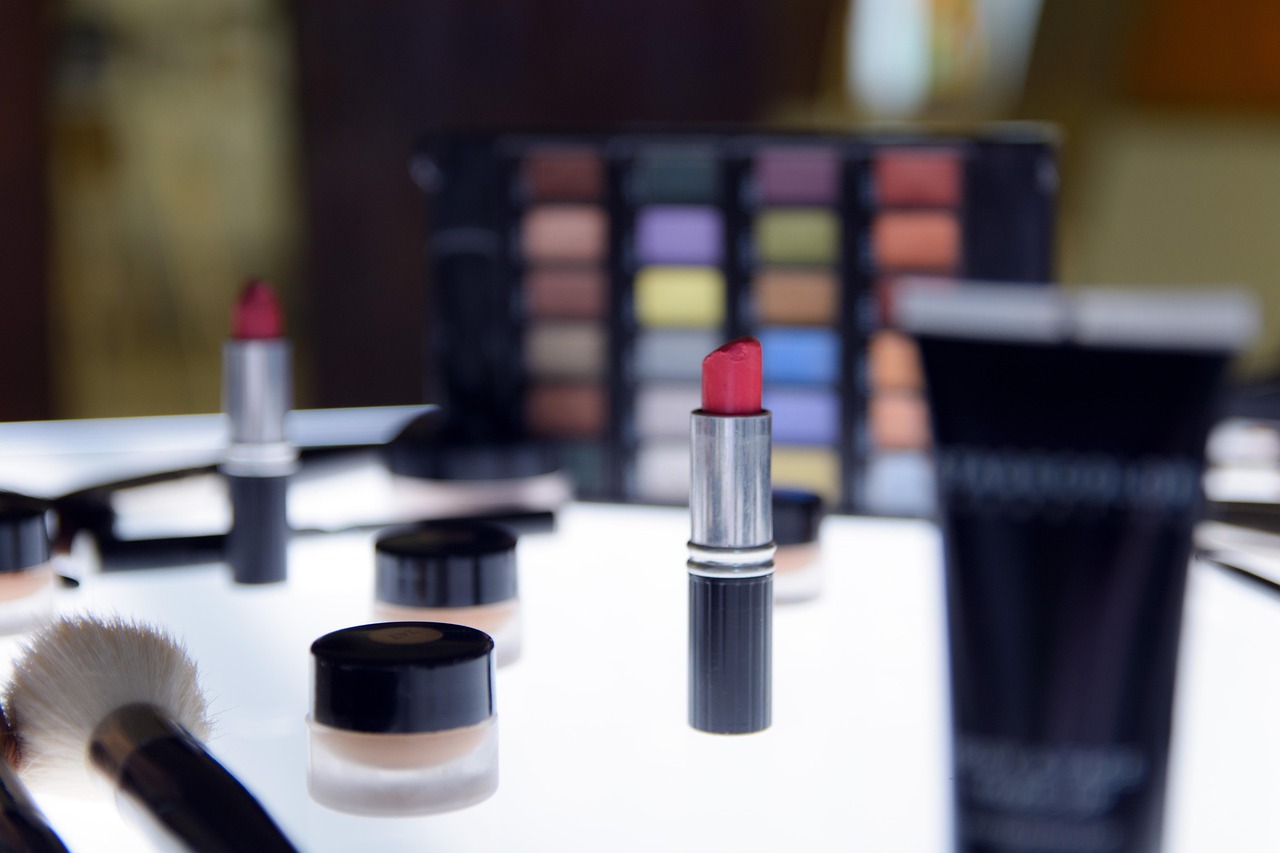Some household staples didn’t disappear with fanfare. They faded after recalls, stricter standards, and research that arrived late to the party. Families tucked them into closets, passed them to cousins, or forgot them in garage bins behind holiday lights. What this really means is simple. Ordinary objects can carry outsized risk, even when they look harmless. A calm sweep through drawers and shelves retires hazards with little effort, and that small ritual keeps mornings easy, budgets intact, and kids curious without worry.
Lawn Darts
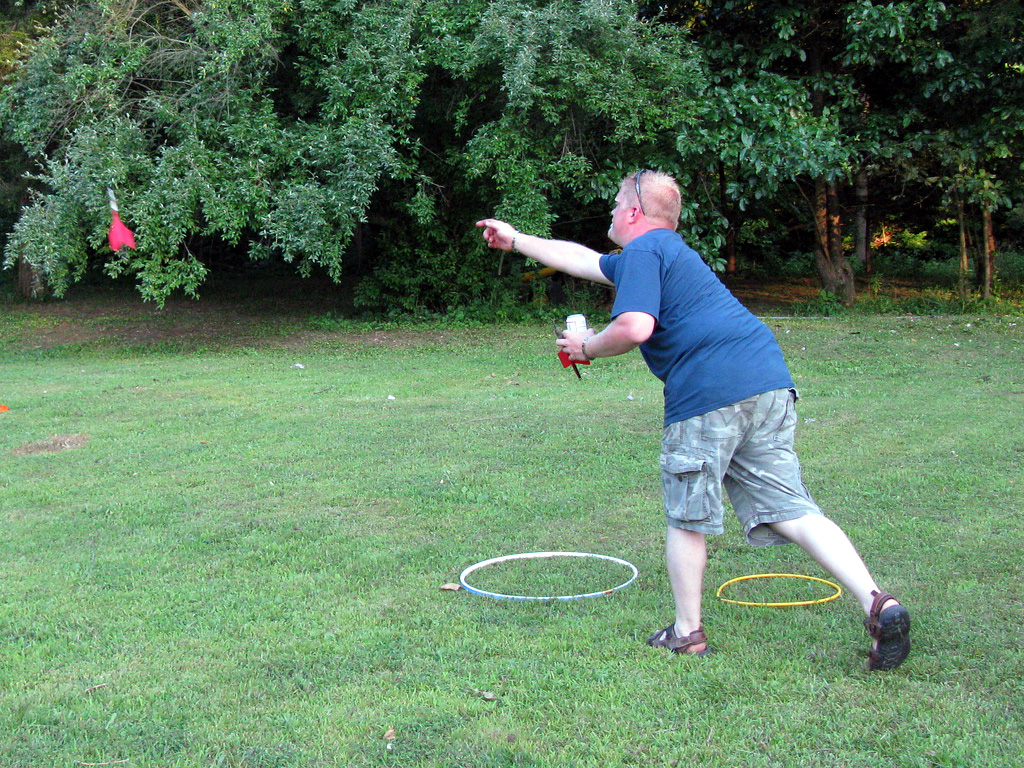
Marketed as backyard fun, lawn darts were heavy projectiles with steel tips that turned games into emergency room visits. After fatal injuries, consumer sales were banned in the United States, yet sets still linger in basements and sheds. The hazard is baked into the design, not just careless play. Even as display pieces, parts wander into toy boxes and start trouble. Safer yard games do the same social job, while the old boxes deserve a final trip out of the house.
Drop-Side Cribs
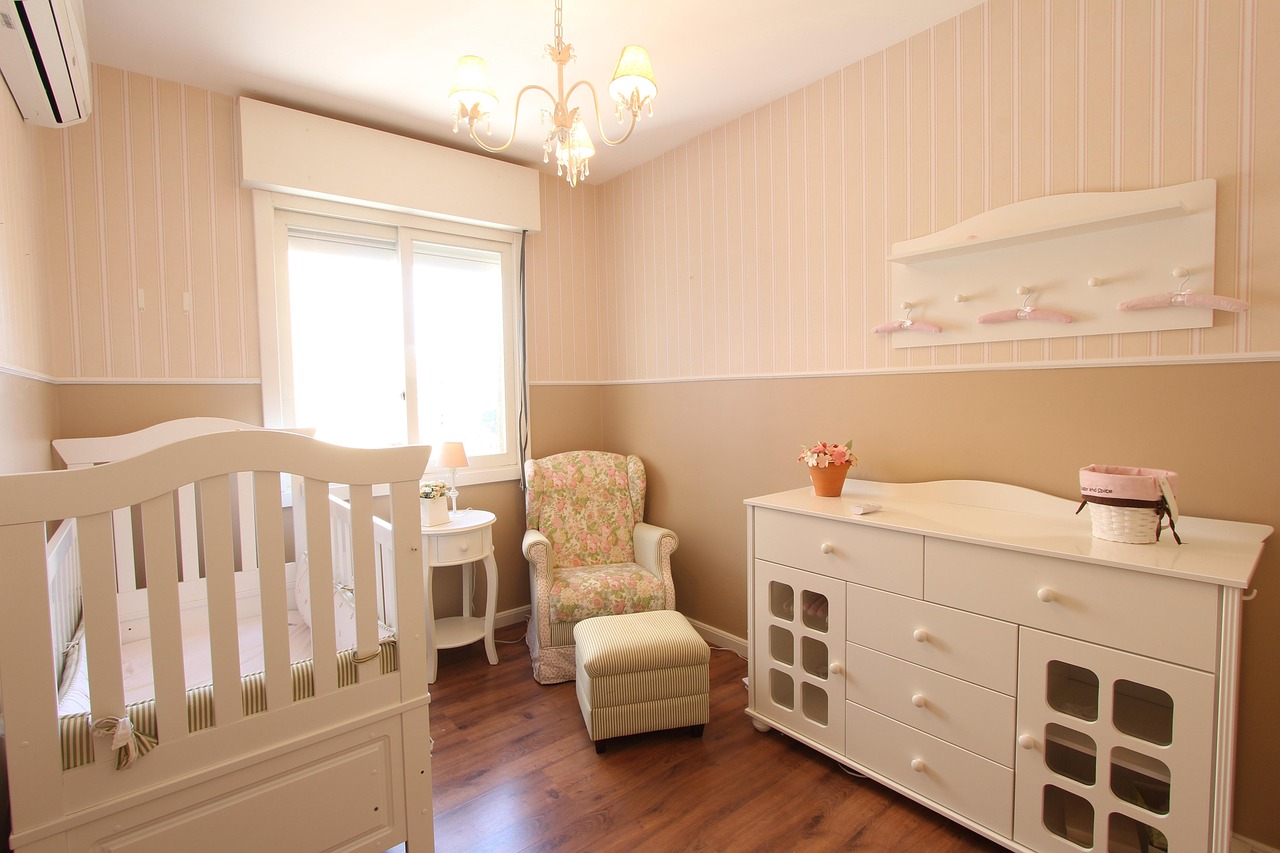
For years, drop-side cribs promised convenience, then aging hardware and design gaps led to deadly entrapments. In 2011, the United States banned their manufacture and sale and raised crib standards across the board. Hand-me-down culture keeps them circulating, often with missing screws and brittle plastic. The risk compounds with time and tinkering repairs. A fixed-side crib with a tight mattress and bare sleep space is simple, sturdy, and proven. Nostalgia should not carry the weight of safety.
Crib Bumpers
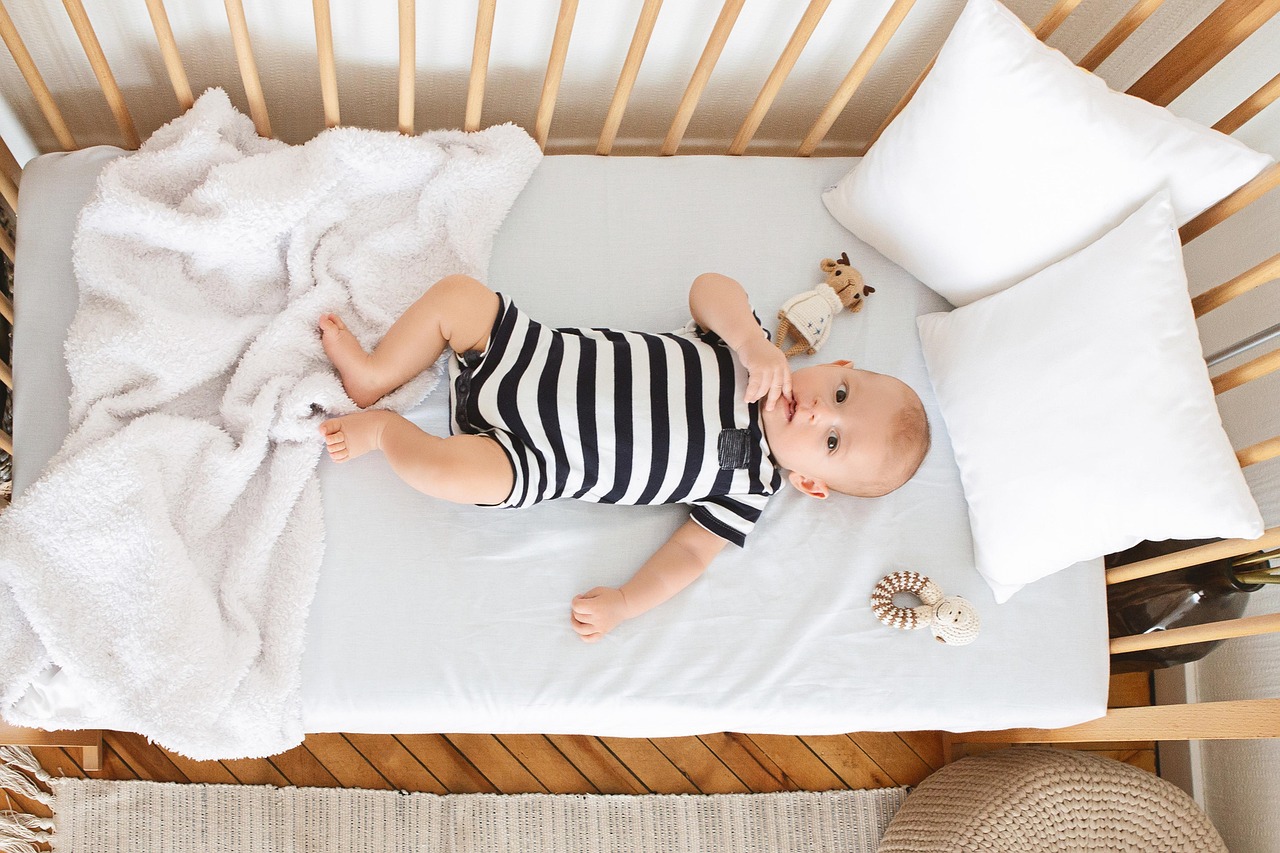
Catalog photos sold softness and style. Reality delivered a suffocation hazard. Traditional padded bumpers are now illegal to sell in the United States, yet they still sit folded with nursery linens or appear in secondhand bundles. The problem is airflow, not just fabric choice. Infants sleep safest on a firm, flat surface with nothing but a fitted sheet. Pretty can live on the wall. Inside the crib, clear air and space do the quiet, life-saving work every night.
Inclined Infant Sleepers
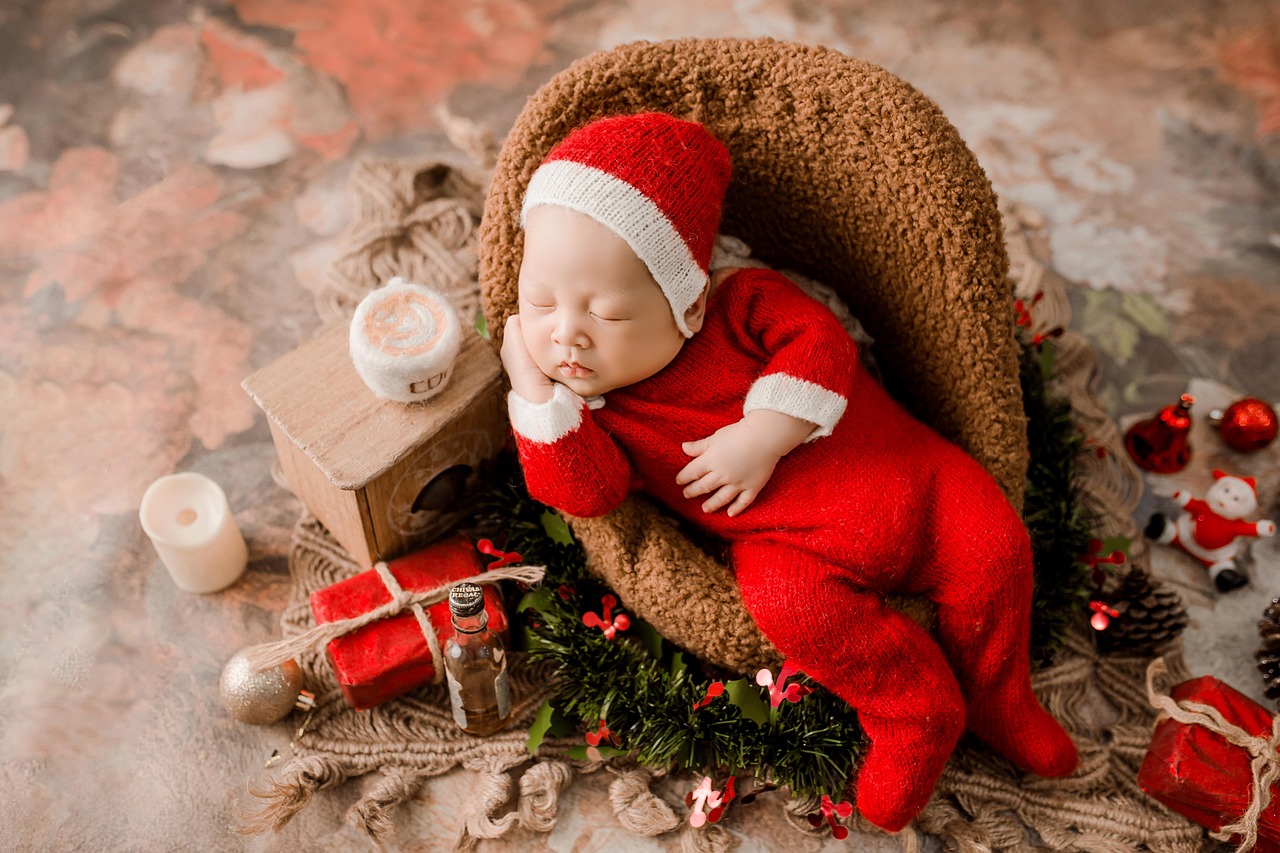
Inclined sleepers seemed like a parent’s ally, then investigations tied the angle and padding to positional asphyxia. Many models were recalled, and sales for consumer use were banned. Some households kept them for naps or lounging, which blurs rules and invites risk. The core issue is posture, not straps or softer covers. A flat, level surface keeps small airways open and predictable. When rest is the goal, gravity should not be part of the design.
Antibacterial Soaps With Triclosan
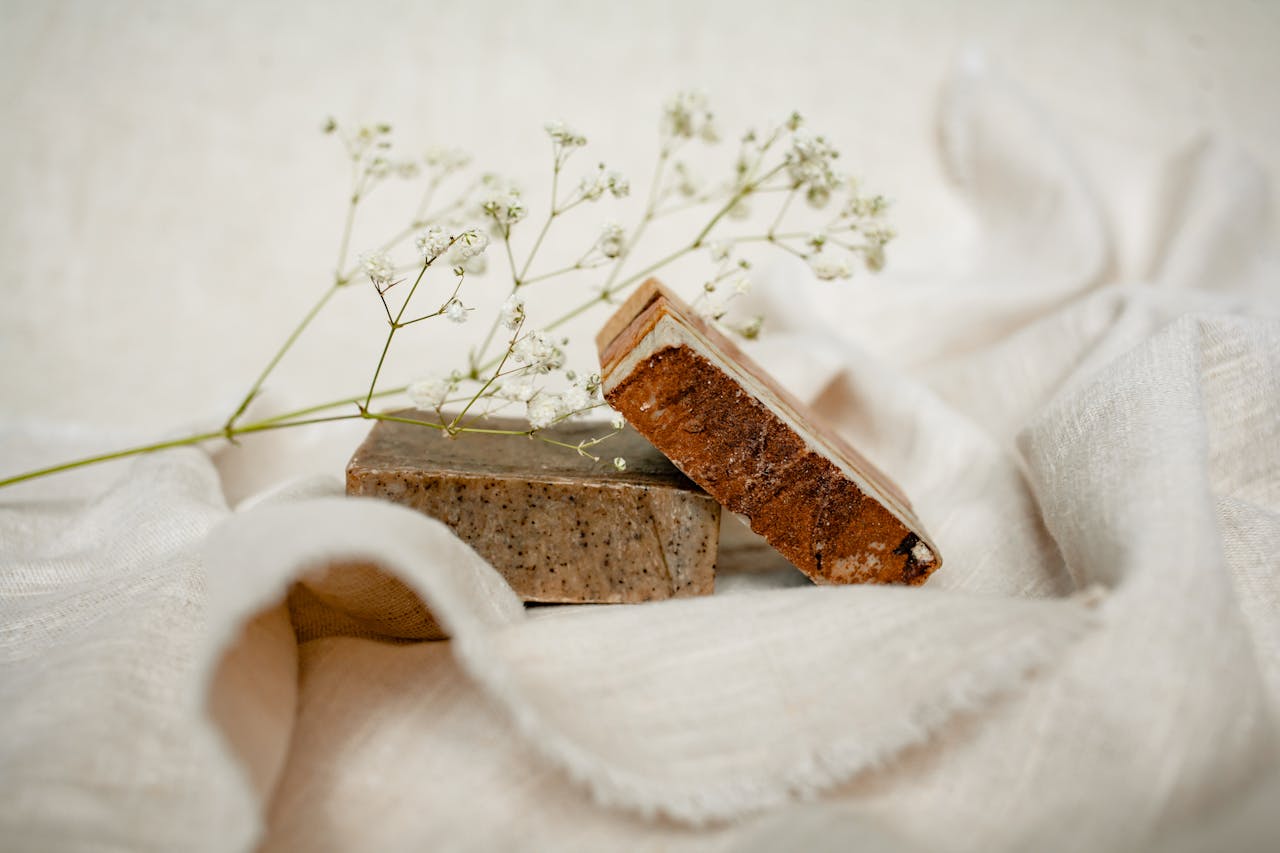
Bathroom shelves once favored triclosan for an extra germ-fighting promise. Regulators later barred many consumer antiseptic washes with triclosan in the United States, citing limited benefit and long-term concerns. Old bottles hide under sinks, especially in travel kits. Labels sound reassuring and the fragrance feels familiar, which is how they linger. Ordinary soap and water cover daily needs, and alcohol-based sanitizers fill the gap when sinks are out of reach. Simple beats complicated in the home.
Paint Strippers With Methylene Chloride

Methylene chloride cuts through stubborn layers, then fills small rooms with fumes that can overwhelm fast. After home project deaths, consumer sales of many products with this solvent were banned. Half-used cans still sit on garage shelves near ladders and tarps. The danger is not just in brushing. Vapors pool in showers, basements, and stairwells, especially with closed windows. Alternatives work slower by design, which gives lungs and brains the time they need to stay steady.
Microbeads in Rinse-Off Cosmetics
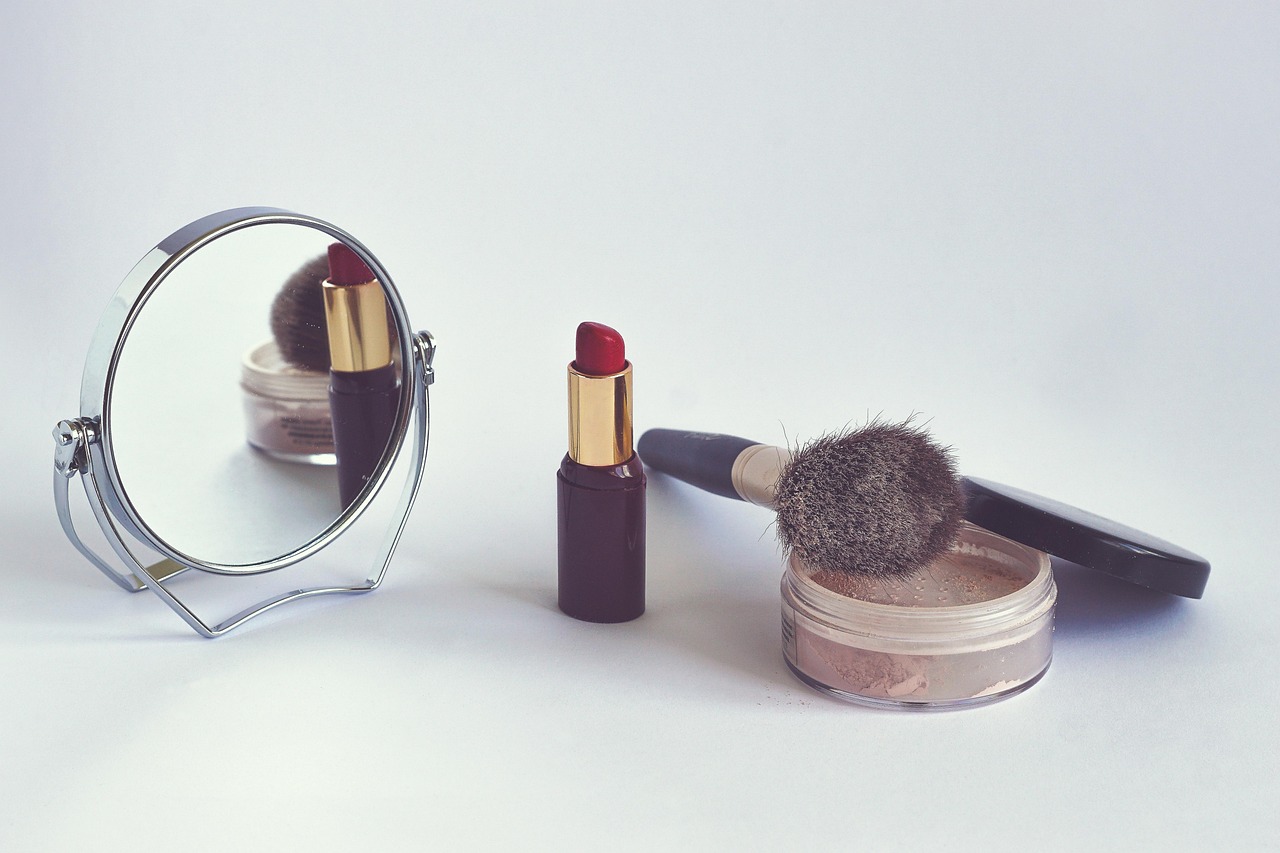
Those tiny plastic spheres made face washes feel satisfyingly gritty. They also slipped through filters and into rivers and lakes. The United States banned microbeads in many rinse-off cosmetics, but travel minis often survive inside dopp kits and gym bags. The proof hides in the ingredient list, where long chemical names blur together. Ground shells, sugar, or salt now do the exfoliating work and leave water cleaner. Skin gets the polish, while fish skip the plastic.
Lead-Based Household Paint

Lead paint once felt like quality, then decades of research tied dust to developmental harm. New consumer use has been banned for a long time, but older homes still hold layers under fresh color. The quiet danger shows up during renovations, when sanding or scraping turns history into airborne grit. Test kits and certified crews help contain the mess. Fresh trim is nice. Clean floors and quiet blood tests are nicer, and they last longer than a trendy hue.
Mercury Glass Thermometers
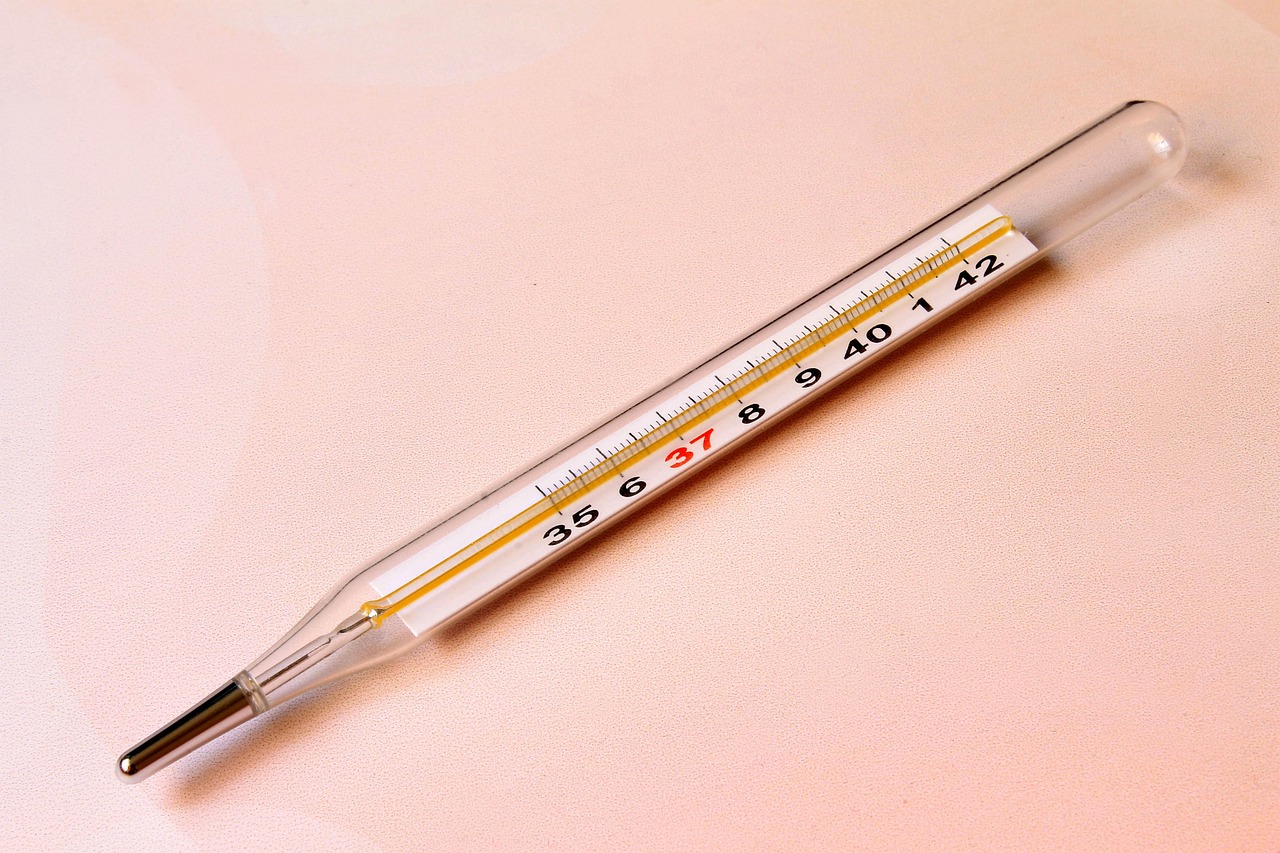
The thin silver thread inside looks precise and old-school, but it is elemental mercury. Many states banned sales and set up take-back programs to keep broken tubes out of kitchens and landfills. Medicine cabinets still hide glass cases behind bandages and cough drops. A single slip turns cleanup into a chore with real stakes. Digital thermometers read quickly, travel well, and keep the drama out of fever checks. Vintage charm belongs on paper, not in a spill kit.
High-Powered Magnet Desk Toys
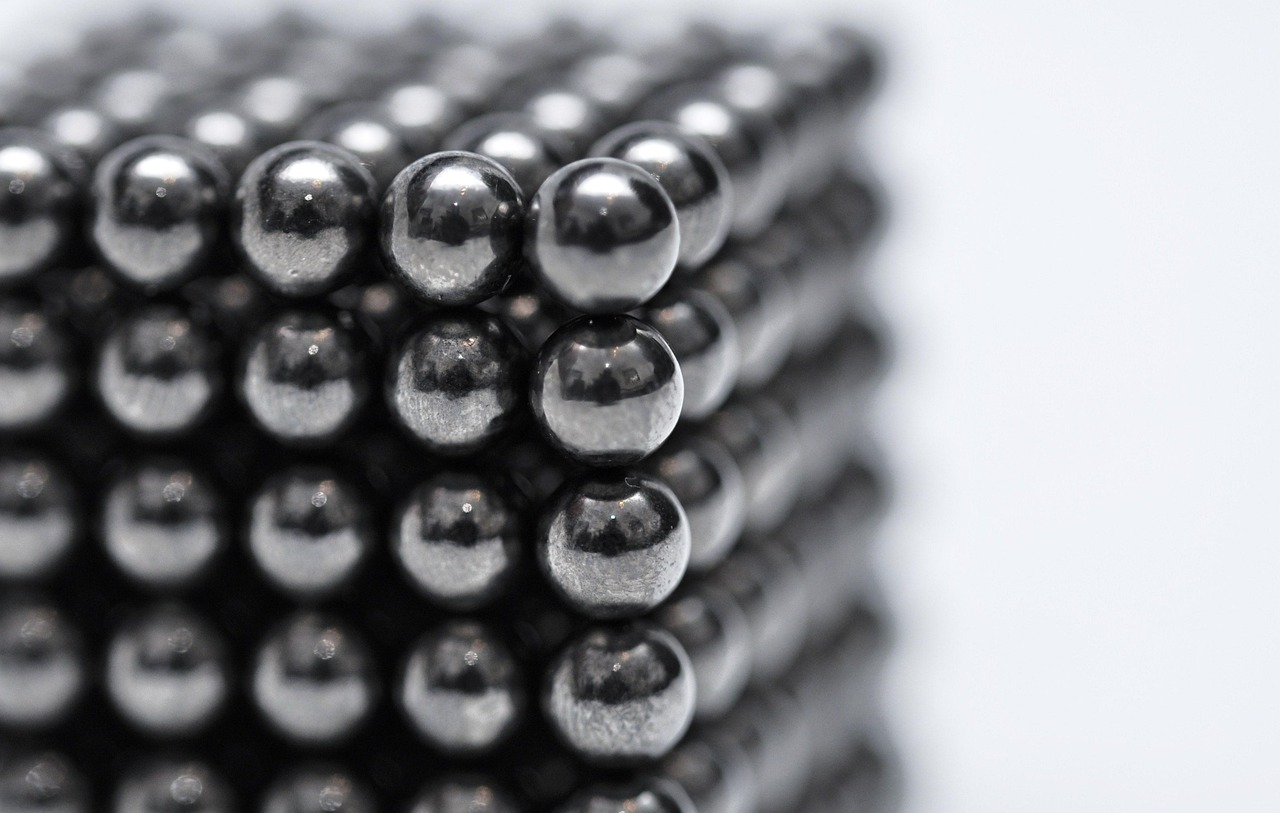
Polished magnet beads build clever sculptures, then vanish under couches and into curious hands. Swallowed pieces can clamp through intestinal walls with awful force. Standards tightened, recalls followed, and restrictions arrived, yet office trays and craft drawers still host them. The problem is not imagination. It is physics inside a body. If focus is the goal, there are calmer fidgets that do not turn absentminded moments into surgery. Shine is fine. Magnetic pull does not belong in a gut.
Mini-Cup Konjac Jelly Candies
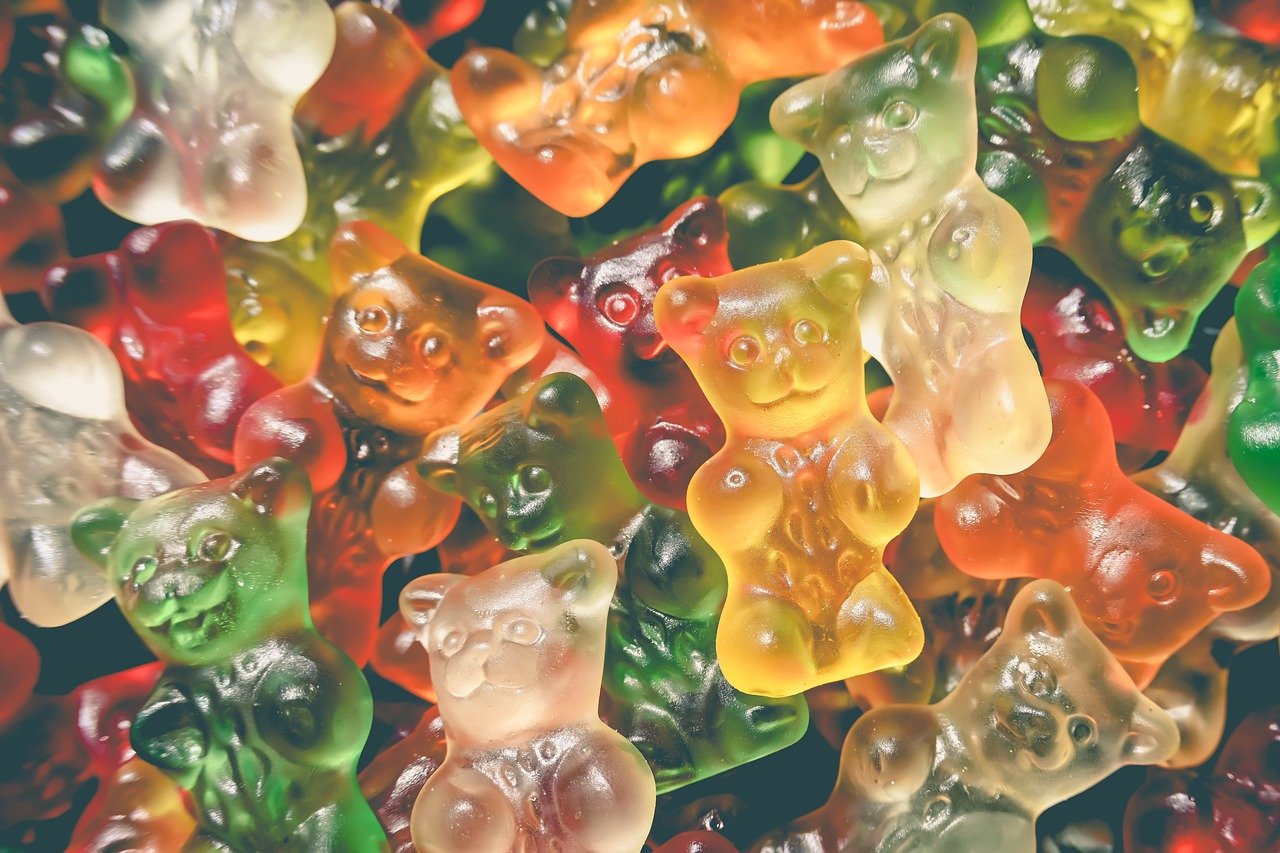
Palm-sized jelly cups once stacked in party bowls and lunchboxes. After choking incidents, regulators blocked many mini-cup konjac candies in the United States because the gel resists dissolving. The shape and firmness make them hard to expel when lodged. Bulk packs still surface in pantries and office kitchens. Larger jelly desserts that can be cut or chewed behave differently. The risky version is compact, springy, and exactly the size that encourages a quick swallow and a bad outcome.
